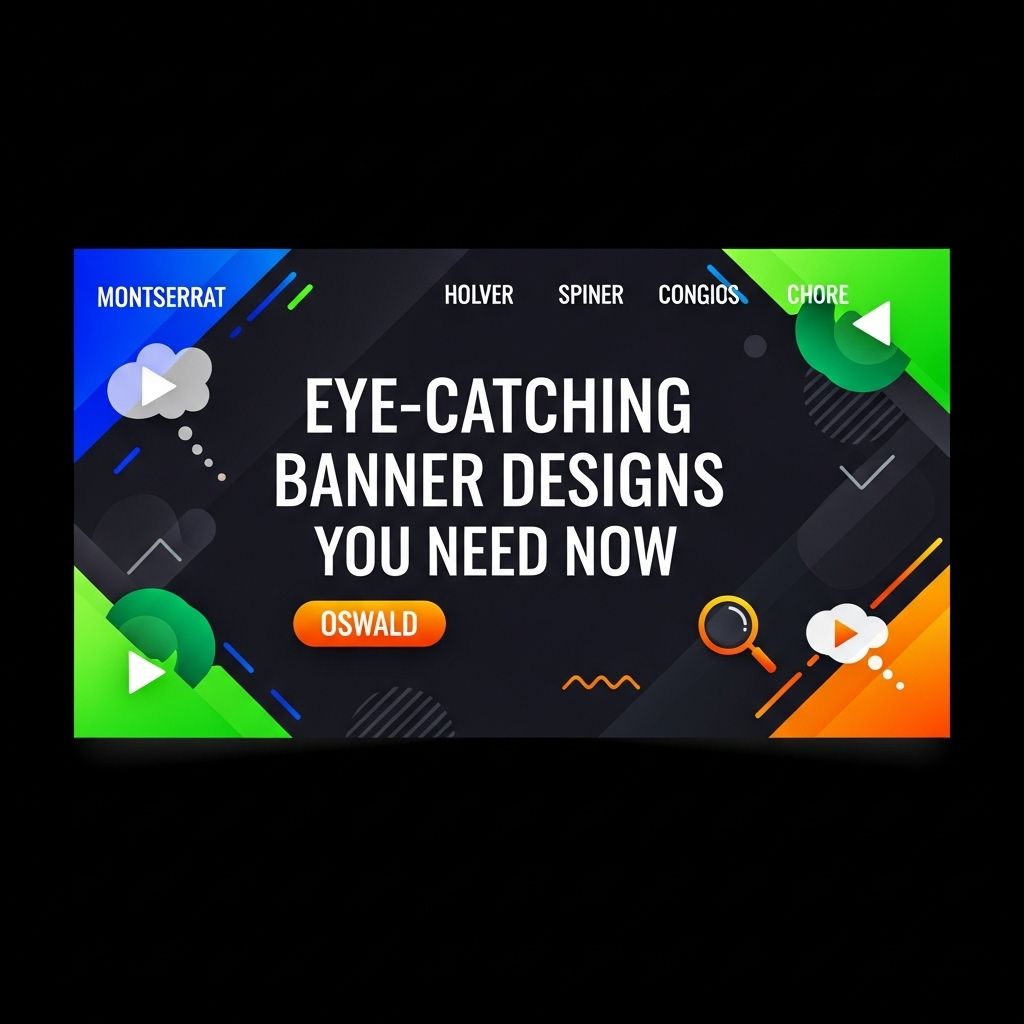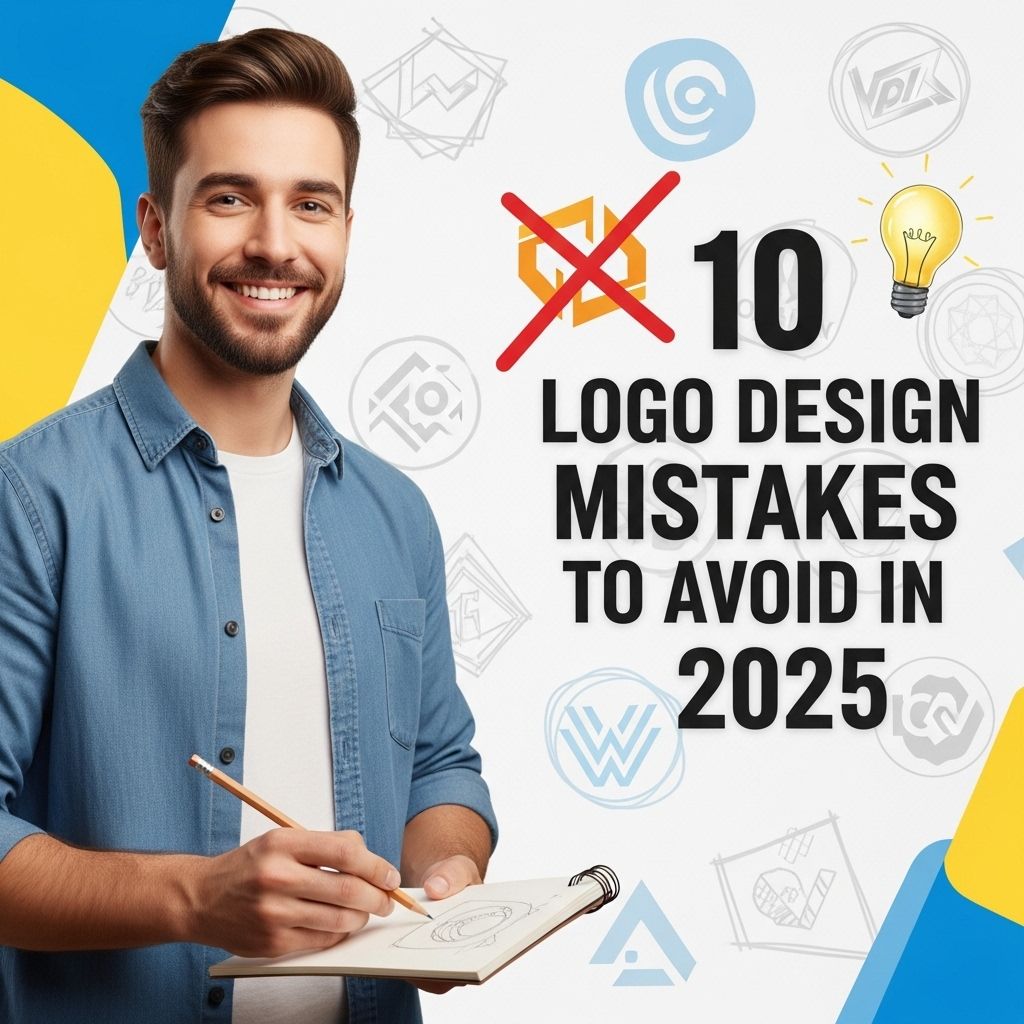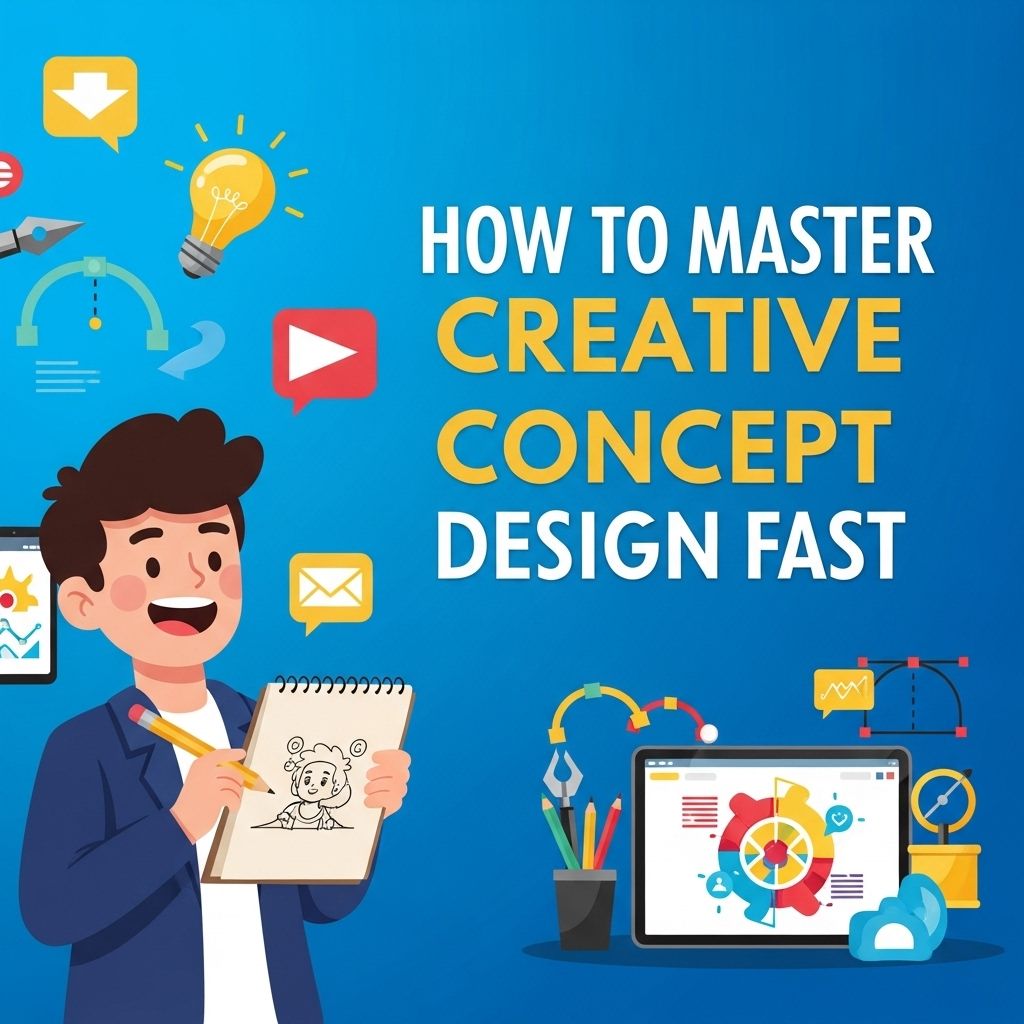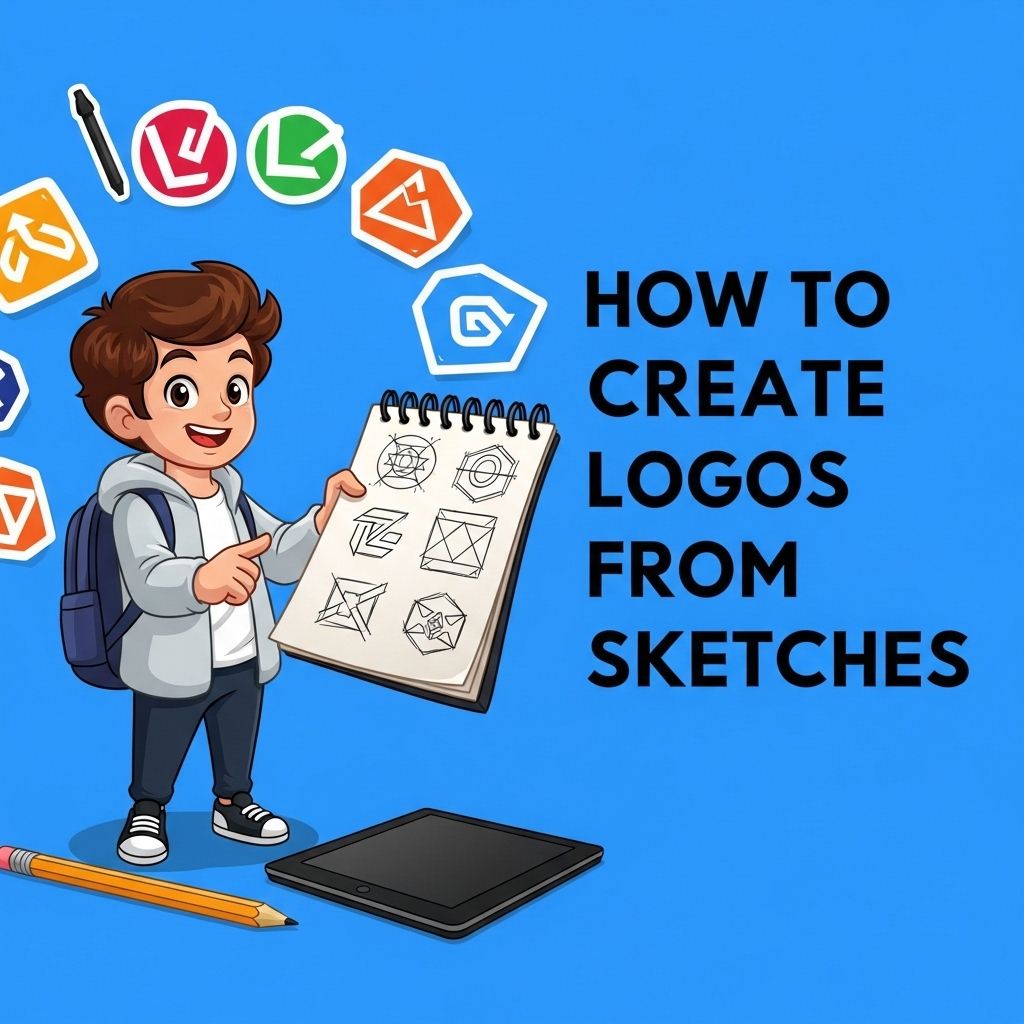In today’s digital landscape, where first impressions are often made in mere seconds, having an eye-catching banner is essential for capturing your audience’s attention. Whether you’re promoting a new product, announcing a sale, or simply trying to build brand awareness, a well-designed banner can make all the difference. This article delves into the key elements of effective banner design, explores various styles, and provides tips to create banners that resonate with your target audience.
Key Elements of Effective Banner Design
To create a banner that stands out, several essential elements need to be taken into account:
- Visual Hierarchy: The arrangement of elements should guide the viewer’s eye to the most important information first.
- Color Palette: Choose colors that align with your brand while ensuring good contrast to make text legible.
- Typography: Use fonts that are easy to read from a distance and limit the number of different fonts used.
- Imagery: Use high-quality images or graphics that enhance the message rather than distract from it.
- Call to Action (CTA): Make sure your CTA is clear, compelling, and prominently placed.
Types of Banner Designs
Designers have a plethora of options to choose from when it comes to crafting banners. Below are some popular types of banners along with their unique characteristics:
1. Static Banners
Static banners are non-animated graphics that convey messages through images and text. They are typically used in:
- Website headers
- Social media posts
- Digital advertising campaigns
Static banners are perfect for straightforward messages where simplicity is key.
2. Animated Banners
Animated banners incorporate moving elements, making them more dynamic and engaging. They can be used in the following contexts:
- Web advertisements
- Promotional emails
- Social media advertisements
These banners help capture attention quickly but require careful design to avoid overwhelming the viewer.
3. Interactive Banners
Interactive banners allow users to engage with the content. This modern approach can include:
- Slideshows
- Hover effects
- Clickable elements that lead to more information
Interactive banners are often used in applications and websites to create a more immersive experience.
Designing for Different Platforms
When designing banners, it’s important to consider the specific platform where they will be displayed. Each platform has its own guidelines and best practices:
| Platform | Recommended Size | Format |
|---|---|---|
| 1200 x 628 px | JPEG/PNG | |
| 1080 x 1080 px | JPEG/PNG | |
| Google Ads | 300 x 250 px | GIF/HTML5 |
| 1024 x 512 px | JPEG/PNG |
Color Psychology in Banner Design
Understanding color psychology can greatly influence the effectiveness of your banner. Here’s how different colors can impact viewer emotions:
- Red: Excitement, passion, urgency
- Blue: Trust, calmness, security
- Green: Growth, health, tranquility
- Yellow: Optimism, clarity, cheerfulness
- Purple: Luxury, creativity, wisdom
Choosing the right color not only enhances the aesthetics but also drives the emotional response you seek from your audience.
Tips for Creating Compelling Banners
To elevate your banner designs, consider the following tips:
- Keep It Simple: Avoid clutter. Focus on a single message or theme.
- Use High-Quality Images: Ensure that any images used are high resolution to maintain professionalism.
- Test Different Designs: A/B testing can help determine which designs resonate most with your audience.
- Optimize for Mobile: Ensure your banners are responsive and look good on all devices.
- Be Consistent: Maintain brand consistency across all the banners you create.
The Importance of A/B Testing Banners
Testing different designs allows you to measure performance and user engagement. By implementing A/B testing, you can determine:
- Which colors capture more attention
- What type of imagery resonates with your audience
- Which CTAs drive higher click-through rates
Utilizing analytical tools can provide insights that lead to more effective campaigns.
Conclusion
Creating eye-catching banners is an art that requires a blend of creativity, strategy, and technical know-how. By understanding the fundamentals of design, considering the context of use, and utilizing the power of color psychology, you can craft banners that not only grab attention but also convert viewers into customers. Embrace the design process, and don’t hesitate to experiment with different styles and techniques to find what works best for your brand.
FAQ
What are eye-catching banner designs?
Eye-catching banner designs are visually appealing graphics created to attract attention, typically used in advertising, events, or online promotions.
Why are banner designs important for marketing?
Banner designs are crucial for marketing as they help to convey messages quickly, enhance brand visibility, and drive engagement with potential customers.
What elements make a banner design effective?
An effective banner design includes clear messaging, vibrant colors, compelling images, and a strong call-to-action that resonates with the target audience.
How can I create a banner that stands out?
To create a standout banner, use high-contrast colors, bold typography, and engaging visuals. Also, ensure that the design aligns with your brand’s identity.
Where can I use eye-catching banner designs?
Eye-catching banner designs can be used across various platforms, including websites, social media, email marketing, and physical events like trade shows.
Are there any tools for designing banners?
Yes, there are several tools for designing banners, such as Canva, Adobe Spark, and Visme, which offer templates and user-friendly features for creating eye-catching designs.




